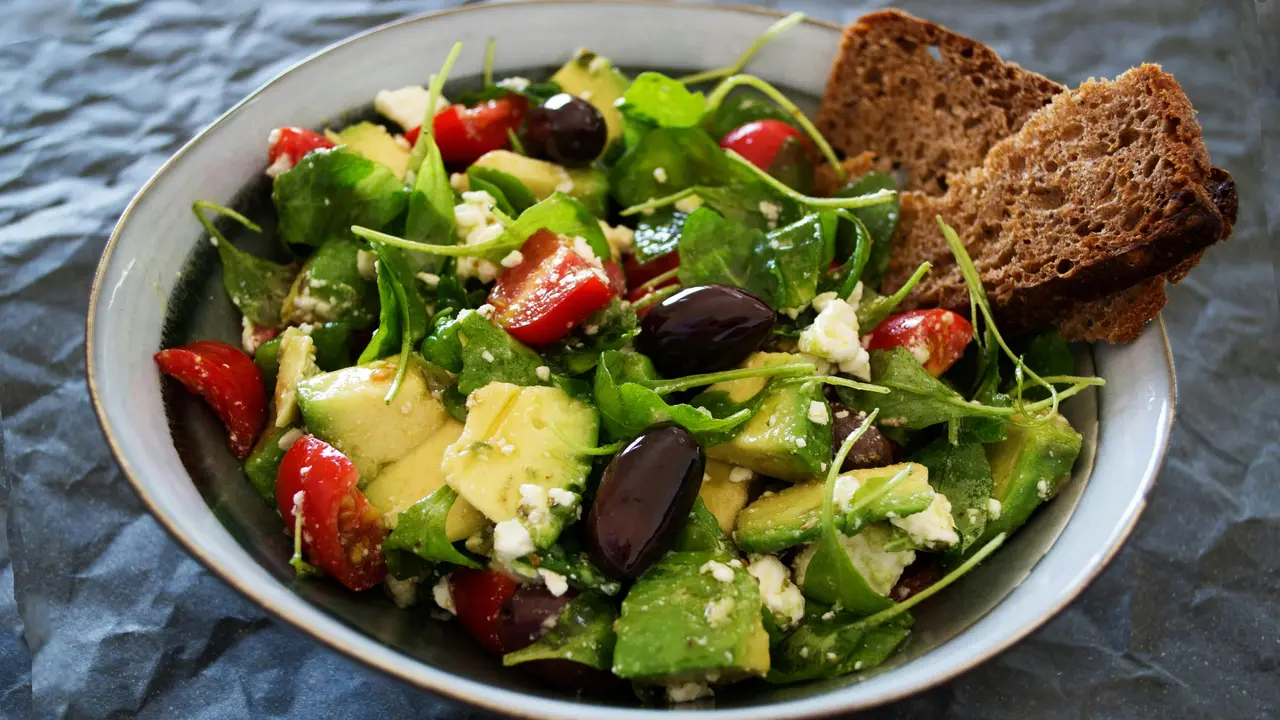Are you considering switching your furry friend to a raw diet but wondering, “how much should my dog eat on a raw diet”? You’re not alone! Many pet owners are eager to learn about the right quantity of food for their dogs to thrive on this nutritional plan. In this article, we’ll break down the essentials of feeding your dog a raw diet, ensuring you have all the necessary information to make the best choice for your canine companion.
Understanding Raw Diets for Dogs: How Much Should My Dog Eat?
The Basics of a Raw Diet
A raw diet typically consists of uncooked meat, bones, organs, and some fruits and vegetables. The goal is to imitate what a dog’s ancestors would have eaten in the wild. But how much should my dog eat on a raw diet? Let’s explore the guiding factors.
Factors Influencing Portions
Several factors will determine how much food your dog should consume on a raw diet:
- Dog’s Weight: Heavier dogs usually require more food than lighter ones.
- Age: Puppies need more calories for growth, while seniors might require fewer.
- Activity Level: Active dogs generally need more calories compared to those that are more sedentary.
- Metabolism: Each dog has a unique metabolism that affects their energy needs.
Calculating Daily Raw Food Intake
The 2-3% Rule
As a general guideline, many experts recommend feeding dogs raw food based on their body weight. A common formula is to provide 2-3% of your dog’s body weight in raw food per day. For instance:
- A 20-pound dog would eat approximately 0.4 to 0.6 pounds of raw food daily.
- A 50-pound dog would consume about 1 to 1.5 pounds of raw food each day.
Adjusting Portions Over Time
It’s crucial to monitor your dog and adjust the portions accordingly. If your dog is gaining weight, reduce the amount of food. Conversely, if they’re losing weight or seem lethargic, you may need to increase their intake.
Types of Food to Include in a Raw Diet
Meat Sources
Raw diets primarily consist of various meat types such as:
- Beef
- Chicken
- Lamb
- Fish
Make sure to choose high-quality meat without additives or preservatives to ensure optimal health.
Incorporating Bones and Organs
Don’t forget to include raw bones and organs, which are vital for a balanced diet. Organs like liver and kidneys provide essential vitamins and minerals. It’s crucial, however, to ensure the bones are raw and appropriately sized to prevent choking.
Potential Risks of a Raw Diet
Health Risks for Dogs
While many dogs thrive on a raw diet, it’s essential to be aware of potential health risks, including:
- Imbalanced Nutrition: Incorrect ratios of protein, fat, and carbohydrates can lead to deficiencies.
- Bacterial Contamination: Raw meat may contain harmful bacteria that can affect both dogs and humans.
Consulting a veterinarian before adopting a raw diet is always recommended to ensure it’s appropriate for your dog’s individual health needs.
Transitioning to a Raw Diet Safely
Transitioning your dog to a raw diet should be done gradually over 7-10 days. Start by mixing raw food with their current diet, slowly increasing the raw portion while decreasing the previous food. This method helps prevent digestive upset.
Monitoring Your Dog’s Health on a Raw Diet
Assessing Weight and Body Condition
Regularly assess your dog’s weight and body condition to ensure they’re maintaining a healthy weight. You should be able to feel their ribs without excessive fat covering and see a slight waist when looking at them from above.
Behavioral Changes and Digestion
Pay attention to any changes in behavior or digestion. Ideal stool should be firm and easy to pick up. If you notice diarrhea, changes in appetite, or lethargy, consult your veterinarian.
Conclusion: How Much Should My Dog Eat on a Raw Diet?
In conclusion, determining how much your dog should eat on a raw diet involves considering various factors such as weight, age, activity level, and metabolism. The general guideline is to feed your dog 2-3% of their body weight in raw food daily while adjusting as needed based on their health and behavior. Always choose high-quality ingredients and consult your veterinarian for personalized advice. Now that you’re informed, consider implementing these tips and share this article with fellow dog owners who may be curious about transitioning their pets to a raw diet!
Diet – Recent Articles
- Can You Have Oats on Candida Diet? Find Out Here!
- Can You Eat Bacon on the Carnivore Diet? Discover the Truth!
- Does Low Carb Diet Cause Hair Loss? Discover the Truth!
- Can You Drink Coffee on the Paleo Diet? Find Out Now!
- Will a Diet Soda Break a Fast? The Surprising Truth Revealed!
Diet – Useful Links
- Harvard T.H. Chan – Diet Reviews
- CDC – Healthy Eating Tips
- MedlinePlus – Nutrition
- American Heart Association – Diet and Lifestyle Recommendations
- Mayo Clinic – Healthy Diets
